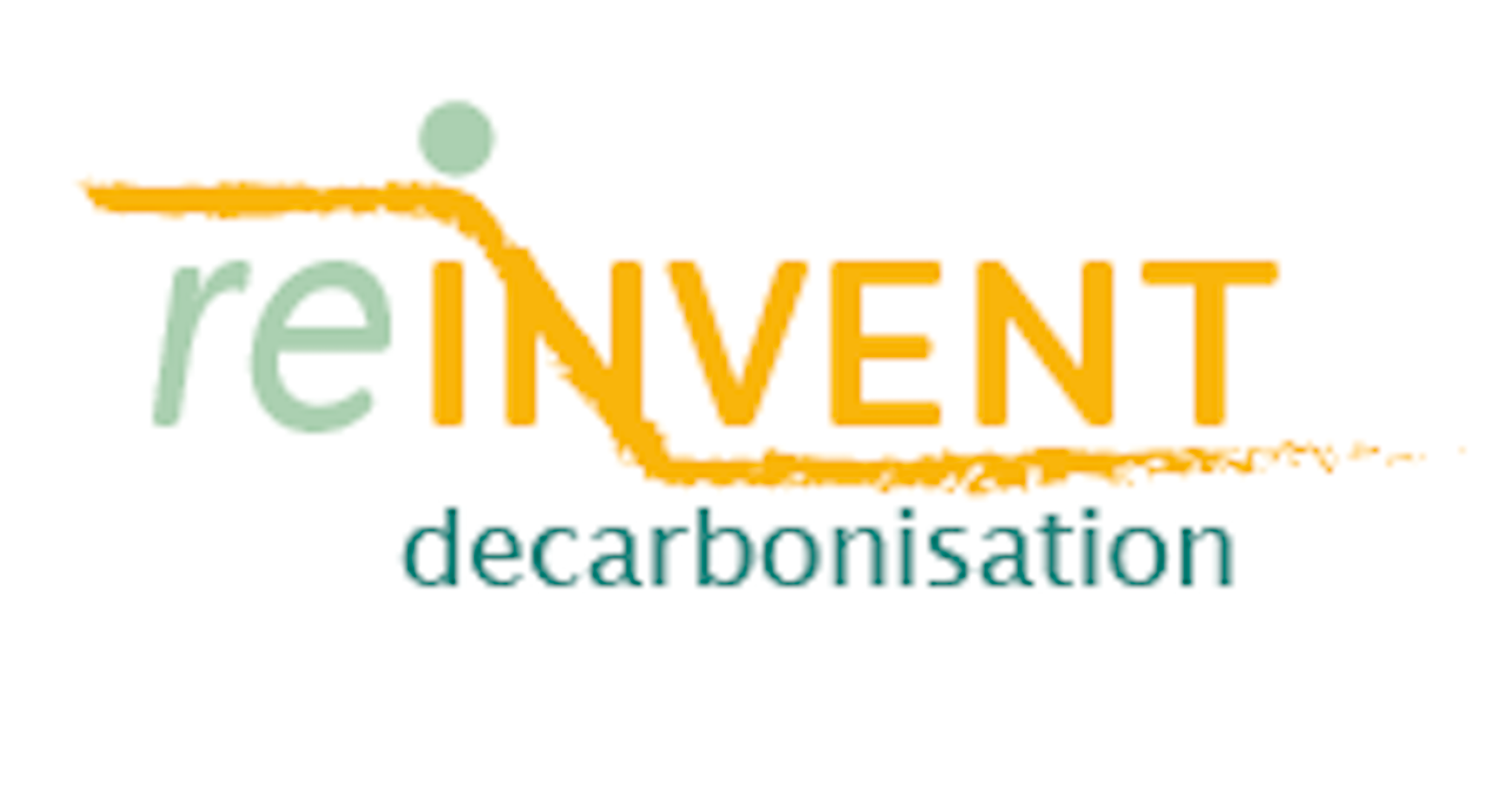Meat/Dairy
The food industry is the largest manufacturing industry in Europe, capturing 15% (1,244 billion³ €) in terms of turnover, 12.8% in terms of value added employing 4,2 million people. The industry is responsible for a large share of greenhouse gas emissions in Europe. Half of the GHG emissions in the food chain come from agriculture (followed by consumers 18%, and food processing 11%) which makes it the second largest sector for GHG emissions in EU28. Agriculture is responsible for 9.6% of the GHG emissions in Europe. A large share of GHG emissions stem from the production of meat and dairy products. The complexity of the food chain makes it difficult to produce exact integrated estimates of GHG emissions. Estimates for the emissions from the meat and dairy related sectors are as high as 661 Mt CO2-eq. Aspects such as high levels of food waste are also considered highly carbon-intensive.
The food and drink industry has changed from being a supply-driven sector to increasingly being market driven. This has led to increased influence of large retailers but also of consumers in general and various social groups and social movements in particular. Despite a technological potential to decrease carbon emissions in the production of food, changing consumption patterns to increasingly vegetable-based diets and the prevention of food waste are important actions to decarbonize the food industry. Through its direct link to issues such as agriculture and health, the food industry is a crucial industry with regard to its broader environmental and socio-economic relevance. We evaluate the emergence of decarbonisation innovations in this broader context. Examples include the Greenhouse Gas Action Plan in the UK, the European Waste Reduction Awards program, numerous short-food supply chain initiatives, and civil society vegan movements, to name a few. With the individual and collective decarbonisation potential being largely unexplored, this study will bridge this gap.




